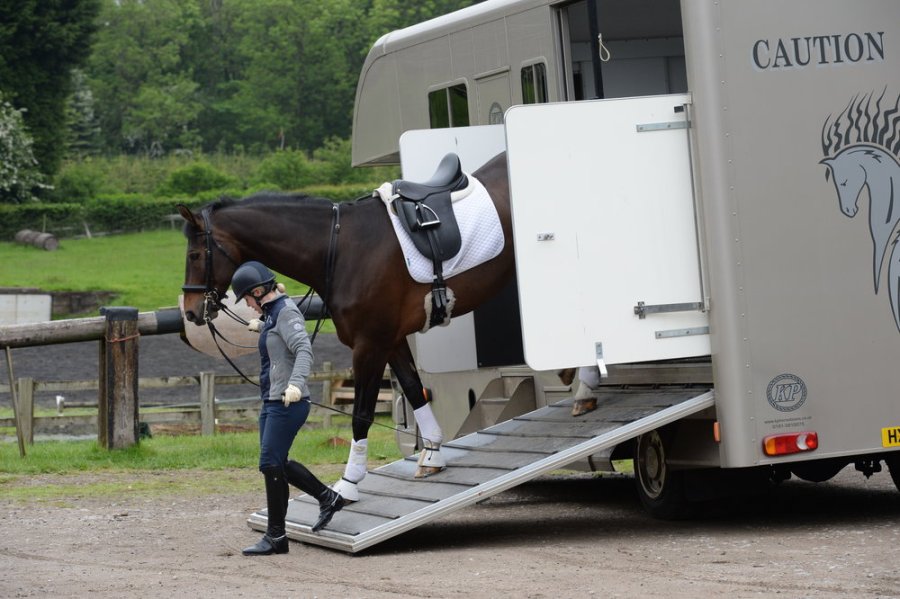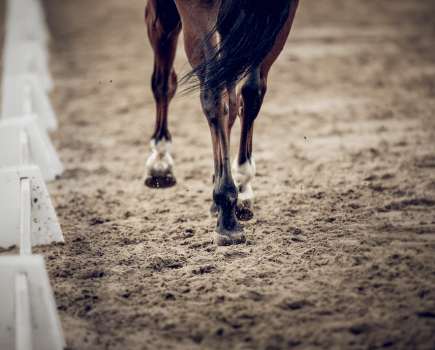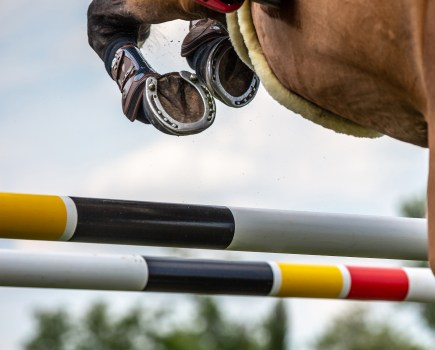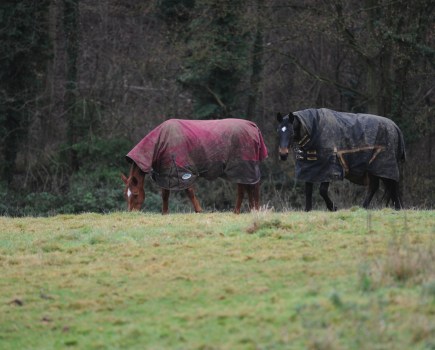Buying a second-hand horsebox is a considerable financial investment. When you go to view a potential purchase, there are a few easy and important things to consider.
1. Check the floor
The floor in the horse area is a good place to start. Most have a floor made of exterior/marine plywood, with rubber matting on top.
More expensive horseboxes have floors made from aluminium planking – this is better, as it’s generally stronger and lighter.
When inspecting a wooden floor, lift up the matting and look underneath for signs of rot. It’s also worth looking underneath the horsebox to examine the floor of the vehicle from the ground up.
2. The ramp
Lifting the ramp is another thing to consider – the last thing you want is to be struggling with a heavy ramp.
Most springs on ramps can be adjusted to make lifting the ramp easy enough to do on your own.
You must also look at the condition of the wood on the ramp, as the safety of this is equally as important.
3. Look for leaks
Another place to check is the ceiling, looking for signs of leaks. These aren’t usually anything to worry about and can be sealed by getting up on the roof and replacing the sealant.
However, if there is a leak, it may have caused further damage elsewhere, so have a good look for any signs of additional issues.
4. Rust and corrosion
A look underneath the cab is essential to check for signs of excessive rust that can cause structural weaknesses.
Most cabs, especially older ones, will have some rust. This is OK as long as it isn’t deep penetrative rust that’s going to cause problems.
5. Horsebox mileage
Mileage is another difficult area to get your head around. Many horseboxes will have done hundreds of thousands of kilometres, but don’t let this scare you, as most used horseboxes will have had a previous life as a commercial vehicle.
High mileage is quite normal and is fine as long as the box has been looked after.
If you’re in the market for a brand-new chassis, this will cost a lot more money, but it means that when the box gets older, the mileage is likely to be much lower.
On average, a horsebox only tends to do around 4,000 miles per year.
6. Living area
If the horsebox has a living area, check that all lights and appliances are working.
Items such as fridges, heating, hot water systems, toilets and showers can be expensive to put right if they’re not functioning properly.
Don’t miss the latest issue of Your Horse Magazine, jam-packed with training and veterinary advice, horse-care tips and the latest equestrian products available on shop shelves, on sale now










